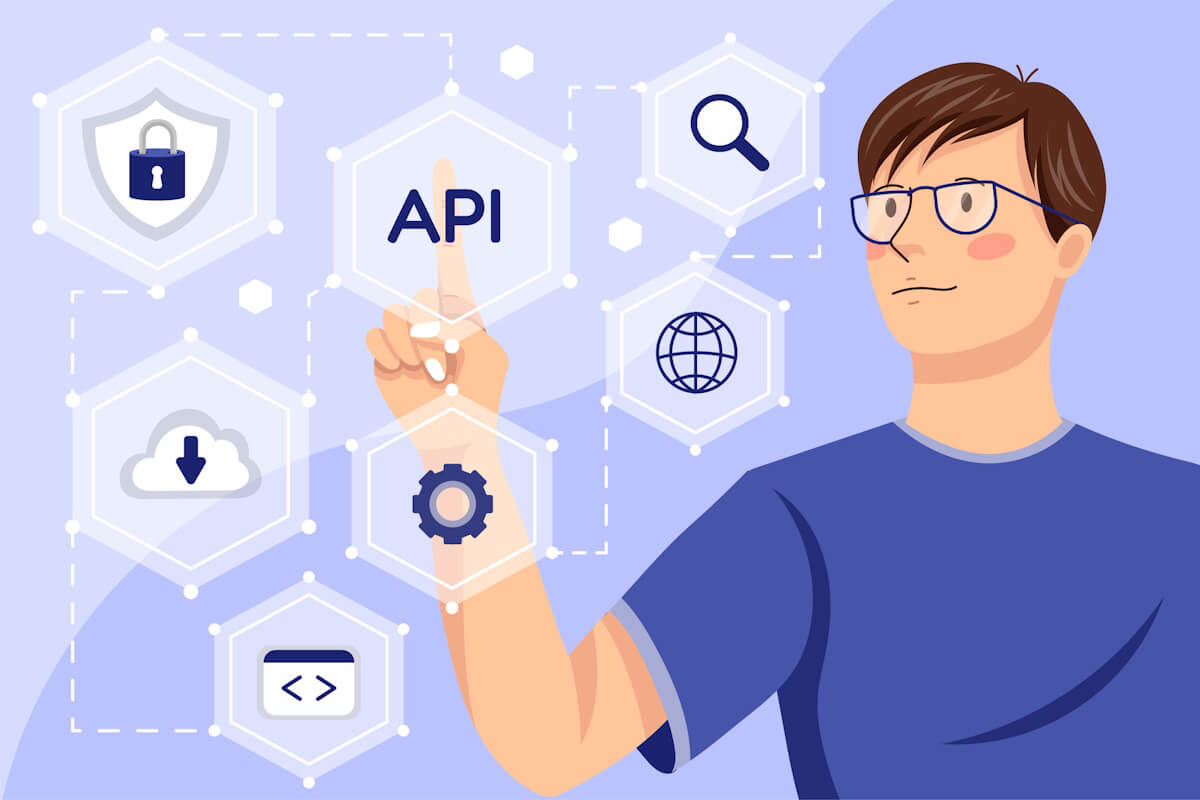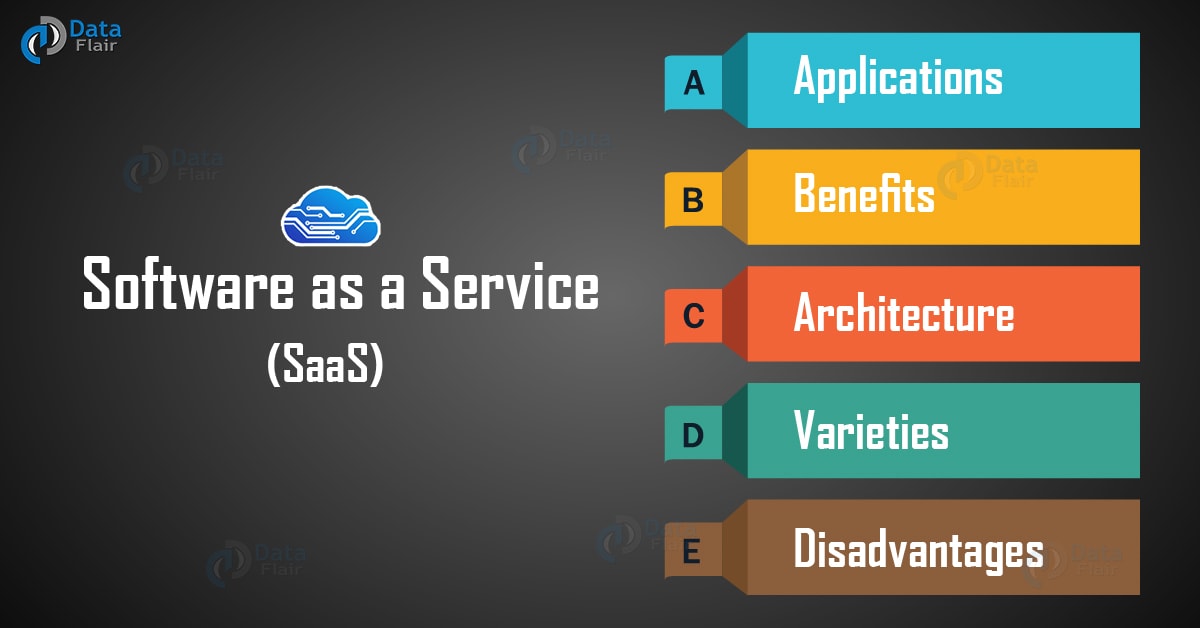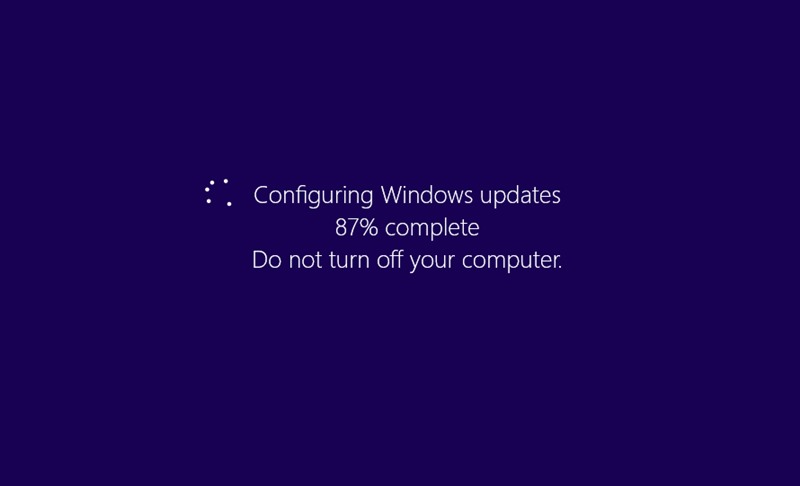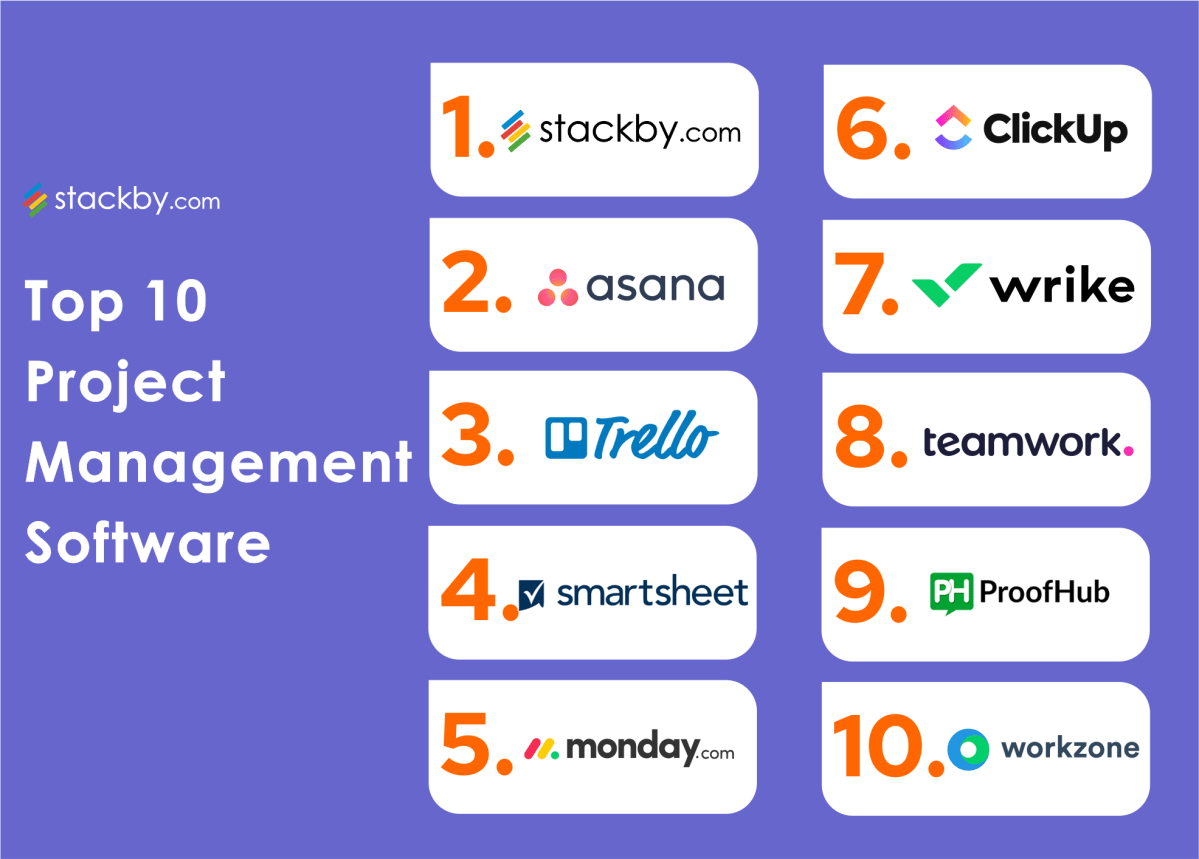Cloud Computing: 7 Powerful Benefits You Can’t Ignore
Welcome to the digital era, where Cloud Computing is reshaping how businesses operate, scale, and innovate. From startups to global enterprises, the cloud has become the backbone of modern IT infrastructure—offering speed, flexibility, and cost-efficiency like never before.
What Is Cloud Computing and How Does It Work?
At its core, Cloud Computing refers to the delivery of computing services—including servers, storage, databases, networking, software, analytics, and intelligence—over the internet (“the cloud”). Instead of owning physical data centers or servers, organizations can rent access to these resources from cloud service providers on a pay-as-you-go basis.
Understanding the Basic Concept of Cloud Computing
Cloud Computing eliminates the need for companies to invest heavily in hardware and maintenance. Instead of purchasing servers and managing infrastructure in-house, businesses can leverage remote servers hosted on the internet to store, manage, and process data. This shift has dramatically lowered entry barriers for tech innovation.
For example, a small startup can now deploy a global web application using Amazon Web Services (AWS) without ever buying a single server. The cloud provider handles everything from power and cooling to security and redundancy, allowing developers to focus solely on building their product.
The Evolution of Cloud Computing Over Time
The concept of cloud computing dates back to the 1950s with the idea of mainframe computing, where multiple users accessed a central computer. However, the modern cloud began taking shape in the early 2000s. In 2002, Amazon launched Amazon Web Services (AWS), initially offering simple storage and computing tools. By 2006, AWS introduced Elastic Compute Cloud (EC2), allowing users to rent virtual computers on demand—marking the birth of Infrastructure as a Service (IaaS).
Since then, cloud adoption has exploded. According to a report by Gartner, global public cloud end-user spending is projected to reach $679 billion in 2024. This growth is fueled by digital transformation, remote work, and the increasing demand for scalable, agile IT solutions.
Key Components of Cloud Infrastructure
Modern cloud infrastructure consists of several interconnected components that work together to deliver seamless services:
Virtualization: The foundation of cloud computing, enabling multiple virtual machines (VMs) to run on a single physical server.Networking: Cloud providers use high-speed networks to connect data centers globally, ensuring low latency and high availability.Storage Systems: From object storage (like AWS S3) to block and file storage, cloud platforms offer scalable and durable options.Management & Orchestration Tools: Platforms like Kubernetes and AWS CloudFormation help automate deployment, scaling, and management of applications.
.Security & Identity Management: Tools such as AWS IAM or Azure Active Directory control access and protect data.”The cloud is not about replacing your data center; it’s about extending it with infinite capacity.” — Werner Vogels, CTO of Amazon
Types of Cloud Computing: IaaS, PaaS, and SaaS Explained
Cloud Computing comes in three primary service models: Infrastructure as a Service (IaaS), Platform as a Service (PaaS), and Software as a Service (SaaS).Each model offers different levels of control, flexibility, and management, catering to various business needs..
Infrastructure as a Service (IaaS)
IaaS provides the most control over IT resources. It offers virtualized computing resources over the internet, including virtual machines, storage, and networks. Users can install operating systems, deploy applications, and manage configurations—all without owning physical hardware.
Popular IaaS providers include Amazon EC2, Microsoft Azure Virtual Machines, and Google Compute Engine. IaaS is ideal for businesses that want full control over their environment but don’t want the burden of maintaining physical infrastructure.
Platform as a Service (PaaS)
PaaS provides a development platform that allows developers to build, test, and deploy applications without worrying about underlying infrastructure. The cloud provider manages servers, storage, and networking, while developers focus on coding and application logic.
Examples include Google App Engine, Heroku, and Microsoft Azure App Services. PaaS accelerates development cycles and is perfect for teams practicing DevOps or continuous integration/continuous deployment (CI/CD).
Software as a Service (SaaS)
SaaS delivers software applications over the internet on a subscription basis. Users access the software via a web browser, eliminating the need for installation or maintenance. Common examples include Google Workspace, Microsoft 365, Salesforce, and Dropbox.
SaaS is the most user-friendly cloud model, requiring minimal technical knowledge. It’s widely adopted in businesses for email, CRM, HR systems, and collaboration tools.
Cloud Computing Deployment Models: Public, Private, and Hybrid
Organizations can choose from different deployment models based on their security, compliance, and scalability requirements. The three main models are public cloud, private cloud, and hybrid cloud.
Public Cloud: Scalability and Cost Efficiency
The public cloud is owned and operated by third-party cloud service providers like AWS, Microsoft Azure, and Google Cloud Platform (GCP). Resources are shared across multiple customers (tenants), making it highly scalable and cost-effective.
Benefits include:
- Pay-as-you-go pricing
- Near-instant scalability
- Global availability
- Reduced maintenance overhead
Public clouds are ideal for startups, web applications, and businesses with variable workloads.
Private Cloud: Security and Control
A private cloud is dedicated to a single organization. It can be hosted on-premises or by a third-party provider. Unlike public clouds, private clouds offer greater control, security, and customization.
Industries like finance, healthcare, and government often use private clouds to meet strict regulatory requirements (e.g., HIPAA, GDPR). However, private clouds require higher upfront investment and ongoing management.
Hybrid Cloud: The Best of Both Worlds
The hybrid cloud combines public and private clouds, allowing data and applications to move between them. This model offers flexibility, optimizes infrastructure costs, and supports digital transformation.
For example, a company might run sensitive customer data on a private cloud while using the public cloud for customer-facing applications during peak traffic. According to a 2023 IBM report, 74% of enterprises now use a hybrid cloud strategy.
Top 7 Powerful Benefits of Cloud Computing
Cloud Computing isn’t just a trend—it’s a strategic advantage. Here are seven powerful benefits that make it indispensable for modern businesses.
1. Cost Savings and Operational Efficiency
One of the most compelling reasons to adopt Cloud Computing is cost reduction. Traditional IT infrastructure requires significant capital expenditure (CapEx) for hardware, cooling, power, and maintenance. The cloud shifts this to operational expenditure (OpEx), allowing businesses to pay only for what they use.
For example, instead of buying 10 servers that may run at 30% capacity, a company can spin up virtual machines on demand and shut them down when not needed. This elasticity prevents over-provisioning and reduces waste.
2. Scalability and Flexibility
Cloud Computing enables instant scalability. Whether you’re launching a new app or experiencing seasonal spikes, you can scale resources up or down in minutes. This flexibility is crucial for businesses with unpredictable workloads.
Auto-scaling features in AWS or Azure automatically adjust computing power based on real-time demand, ensuring optimal performance without manual intervention.
3. Business Continuity and Disaster Recovery
Data loss can be catastrophic. Cloud Computing enhances business continuity by offering robust backup and disaster recovery solutions. Cloud providers replicate data across multiple geographically dispersed data centers, ensuring high availability even during outages.
For instance, AWS offers services like AWS Backup and Amazon S3 Cross-Region Replication, enabling automated backups and rapid recovery.
4. Enhanced Collaboration and Remote Work
The rise of remote work has made cloud-based collaboration tools essential. Platforms like Microsoft Teams, Google Meet, and Slack rely on Cloud Computing to enable real-time communication, file sharing, and project management from anywhere in the world.
Employees can securely access files, applications, and databases from any device with an internet connection, boosting productivity and flexibility.
5. Faster Time-to-Market for Products
Cloud Computing accelerates development and deployment cycles. With pre-configured environments, automated testing, and CI/CD pipelines, development teams can release updates faster and more reliably.
Netflix, for example, uses AWS to deploy thousands of code changes daily, enabling rapid innovation and feature rollouts.
6. Access to Advanced Technologies
Cloud providers offer cutting-edge technologies like artificial intelligence (AI), machine learning (ML), big data analytics, and the Internet of Things (IoT) as managed services. This allows even small businesses to leverage tools that were once accessible only to tech giants.
For example, Google Cloud’s AI Platform and AWS SageMaker enable developers to build, train, and deploy ML models without deep expertise in data science.
7. Environmental Sustainability
Contrary to popular belief, Cloud Computing can be more environmentally friendly than traditional data centers. Large cloud providers operate at massive scale, optimizing energy efficiency and using renewable energy sources.
Microsoft Azure aims to be carbon negative by 2030, while Google Cloud has been carbon neutral since 2007 and plans to run on 24/7 carbon-free energy by 2030. By consolidating workloads in efficient data centers, the cloud reduces overall energy consumption.
Common Use Cases of Cloud Computing in Real-World Applications
Cloud Computing is not just theoretical—it’s actively transforming industries. Let’s explore some real-world applications.
Web Hosting and Content Delivery
Cloud platforms are ideal for hosting websites and delivering content globally. Services like Amazon CloudFront and Cloudflare use content delivery networks (CDNs) to cache content closer to users, reducing latency and improving load times.
For example, a media company streaming live events can use AWS MediaLive and CloudFront to deliver high-quality video to millions of viewers simultaneously.
Data Storage and Backup Solutions
Organizations generate vast amounts of data daily. Cloud storage solutions like Amazon S3, Google Cloud Storage, and Azure Blob Storage offer secure, durable, and scalable options for storing everything from documents to backups.
These services also support versioning, encryption, and lifecycle policies, making data management easier and more compliant.
Big Data Analytics and AI Integration
Cloud Computing powers big data analytics by providing the processing power and storage needed to analyze massive datasets. Tools like Google BigQuery, AWS Redshift, and Azure Synapse Analytics allow businesses to gain insights from data in real time.
AI integration is also streamlined. For instance, a retail company can use cloud-based AI to analyze customer behavior and personalize recommendations, improving sales and customer satisfaction.
Security and Compliance in Cloud Computing
Security remains a top concern for organizations moving to the cloud. While cloud providers invest heavily in security, responsibility is shared between the provider and the customer.
Understanding the Shared Responsibility Model
The shared responsibility model defines who is responsible for what in cloud security. For example:
- Cloud Provider: Secures the infrastructure (hardware, software, networking, physical facilities).
- Customer: Secures data, applications, access controls, and configurations.
Misconfigurations are a leading cause of cloud breaches. A study by McAfee found that misconfigured cloud storage accounts for 20% of data breaches.
Data Encryption and Access Control
Cloud providers offer encryption for data at rest and in transit. AWS KMS (Key Management Service) and Azure Key Vault allow customers to manage encryption keys securely.
Access control is enforced through identity and access management (IAM) systems. Multi-factor authentication (MFA), role-based access, and least-privilege principles minimize the risk of unauthorized access.
Compliance with Industry Regulations
Major cloud providers comply with global standards such as GDPR, HIPAA, SOC 2, and ISO 27001. They offer compliance-ready services and audit logs to help organizations meet regulatory requirements.
For example, healthcare providers using AWS can leverage HIPAA-eligible services to store and process patient data securely.
Challenges and Risks of Cloud Computing
Despite its advantages, Cloud Computing comes with challenges that organizations must address.
Vendor Lock-In and Migration Complexity
Once an organization builds its infrastructure on a specific cloud platform, migrating to another can be difficult and costly. Proprietary tools, APIs, and data formats create dependency on a single vendor.
To mitigate this, businesses should adopt multi-cloud strategies, use open standards, and design applications for portability.
Network Dependency and Latency Issues
Cloud services rely on internet connectivity. Poor network performance can lead to latency, downtime, and degraded user experience. Critical applications may require edge computing solutions to process data closer to the source.
For example, autonomous vehicles cannot rely on distant cloud servers for real-time decisions—edge computing is essential.
Cost Management and Unexpected Expenses
While the cloud can reduce costs, poor management can lead to overspending. “Shadow IT”—unauthorized cloud usage by departments—can result in uncontrolled costs.
Tools like AWS Cost Explorer, Azure Cost Management, and Google Cloud Billing help monitor and optimize spending. Implementing budget alerts and resource tagging is crucial for cost control.
Future Trends in Cloud Computing: What’s Next?
The cloud landscape is evolving rapidly. Here are key trends shaping its future.
Edge Computing and IoT Integration
Edge computing brings data processing closer to the source (e.g., sensors, devices), reducing latency and bandwidth usage. Combined with IoT, it enables real-time analytics in industries like manufacturing, healthcare, and smart cities.
Amazon’s AWS Wavelength and Microsoft’s Azure Edge Zones integrate edge computing with cloud platforms for seamless performance.
Serverless Architecture and Function-as-a-Service (FaaS)
Serverless computing allows developers to run code without managing servers. Functions are triggered by events and scale automatically. AWS Lambda, Azure Functions, and Google Cloud Functions are leading FaaS platforms.
This model reduces operational overhead and improves efficiency for event-driven applications.
AI-Driven Cloud Management and Automation
Artificial intelligence is being used to optimize cloud operations. AI-powered tools can predict traffic patterns, detect anomalies, automate scaling, and prevent outages.
Google’s Cloud Operations suite and AWS DevOps Guru use machine learning to enhance monitoring and troubleshooting.
Multi-Cloud and Interoperability Solutions
As organizations adopt multiple cloud providers, interoperability becomes critical. Tools like Kubernetes, Terraform, and Istio enable consistent deployment and management across clouds.
Cloud providers are also improving cross-platform integration. For example, Google Anthos and Azure Arc allow managing workloads across AWS, GCP, and on-premises environments.
What is Cloud Computing?
Cloud Computing is the delivery of computing services—such as storage, processing power, and applications—over the internet. Instead of owning physical servers, businesses can rent resources from cloud providers on a pay-as-you-go basis.
What are the three main types of cloud services?
The three main types are Infrastructure as a Service (IaaS), Platform as a Service (PaaS), and Software as a Service (SaaS). IaaS offers virtualized resources, PaaS provides development platforms, and SaaS delivers ready-to-use software applications.
Is Cloud Computing secure?
Yes, when properly configured. Cloud providers implement robust security measures, but security is a shared responsibility. Customers must manage access controls, encryption, and configurations to protect their data.
What is the difference between public and private cloud?
A public cloud is shared among multiple customers and managed by a third-party provider. A private cloud is dedicated to a single organization, offering greater control and security, often used for compliance-sensitive workloads.
How does Cloud Computing reduce costs?
It reduces costs by eliminating the need for upfront hardware investment, enabling pay-as-you-go pricing, reducing maintenance overhead, and improving resource utilization through scalability and automation.
Cloud Computing has revolutionized the way organizations operate, offering unprecedented flexibility, scalability, and innovation. From startups to Fortune 500 companies, the cloud is no longer optional—it’s essential. By understanding its models, benefits, and challenges, businesses can make informed decisions and harness the full power of the cloud. As technology evolves, trends like edge computing, serverless architecture, and AI-driven automation will further expand the possibilities. The future of computing is in the cloud, and the time to embrace it is now.
Further Reading:








